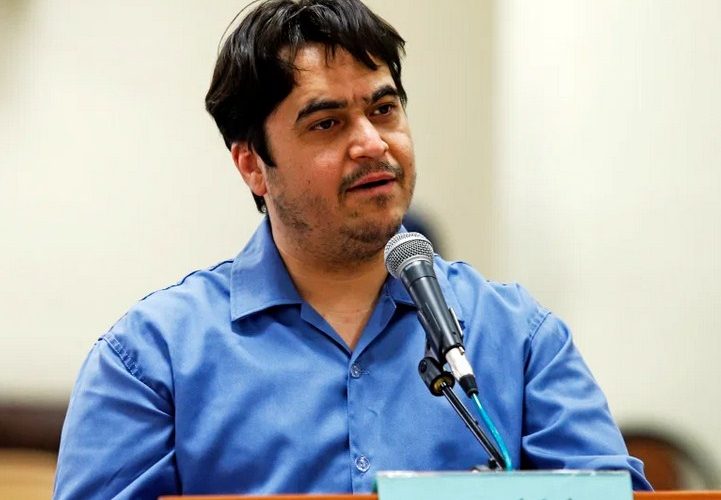On Saturday, Iran executed an exiled journalist whose work fueled the nationwide protests that happened in the country in 2017. In 2018, the Iranian authorities baited Ruhollah Zam, 47, into traveling to Iraq. When he fell for the trick, he was abducted and taken to Iran to stand trial.
His case had been one of the successful attempts of Iranian Intelligence operatives to abduct opposition figures back home to the country. The successful kidnap and execution of Zam, who is presumed to be under French protection, sent shock across Iranian opposition figures exiled abroad in Western countries. Tehran, which is bearing the brunt of severe US sanctions, maybe trying to coerce France and other European countries as negotiations over the atomic accord collapsed.
The execution elicited a range of condemnations from the international community, including France, which condemned the execution as a severe blow to press freedom in Iran. Diana Eltahawy of Amnesty International said the execution of Zam exemplifies the loss of freedom of expression in Iran. She said the Iranian authorities were using brutal force to silence opposition figures.
An Iranian court had in June sentenced Zam to death. In the ruling, the court said Zam was guilty of corruption on Earth. It was a charge frequently used when the government is prosecuting dissidents for acts of espionage or attempts at regime change. The Iranian state television, while announcing the execution of Zam, called him the leader of the riots.
Zam’s website, AmadNews, and his channel on Telegram largely contributed to the protests that rocked Iran in 2017. Using the platform that he had, he spread messages that embarrassed state officials and that challenged the theocratic rule in Iran.
The protests had started towards the end of the year in 2017 and continued into the following year. The demonstrations proved a headache for Iranian authorities and resembled the 2009 Green Movement. It also influenced the protests of 2019.
The high cost of food in Iran influenced the uprising of 2017. It first started with demonstrations in Mashhad, a largely conservative city. Then it spread to other parts of the country. At first, the protesters directed their anger at President Hassan Rouhani. As the protest went on, the entire ruling class got their own fair share. The protesters even challenged the legitimacy of the Supreme Leader Ayatollah Ali Khamenei.
Telegram shut down the channel when the Iranian authorities complained that it promoted acts of terror. However, the channel was resurrected under a different moniker. About 25 people were killed, and 5,000 others were detained across Iran over acts of violence.
After the protests of 2009, Zam first sought refuge in Malaysia before proceeding to France. The Iranian authorities never commented on how they got hold of Zam. However, Amnesty International said he was lured to Iraq, where Iranian intelligence officers captured him.
According to Reporters Without Borders, Iran has been one of the world’s most repressive countries for journalists in the last four decades. Since 1979, about 860 journalists have been sentenced to various prison terms or executed in the country.
Source: time.com









